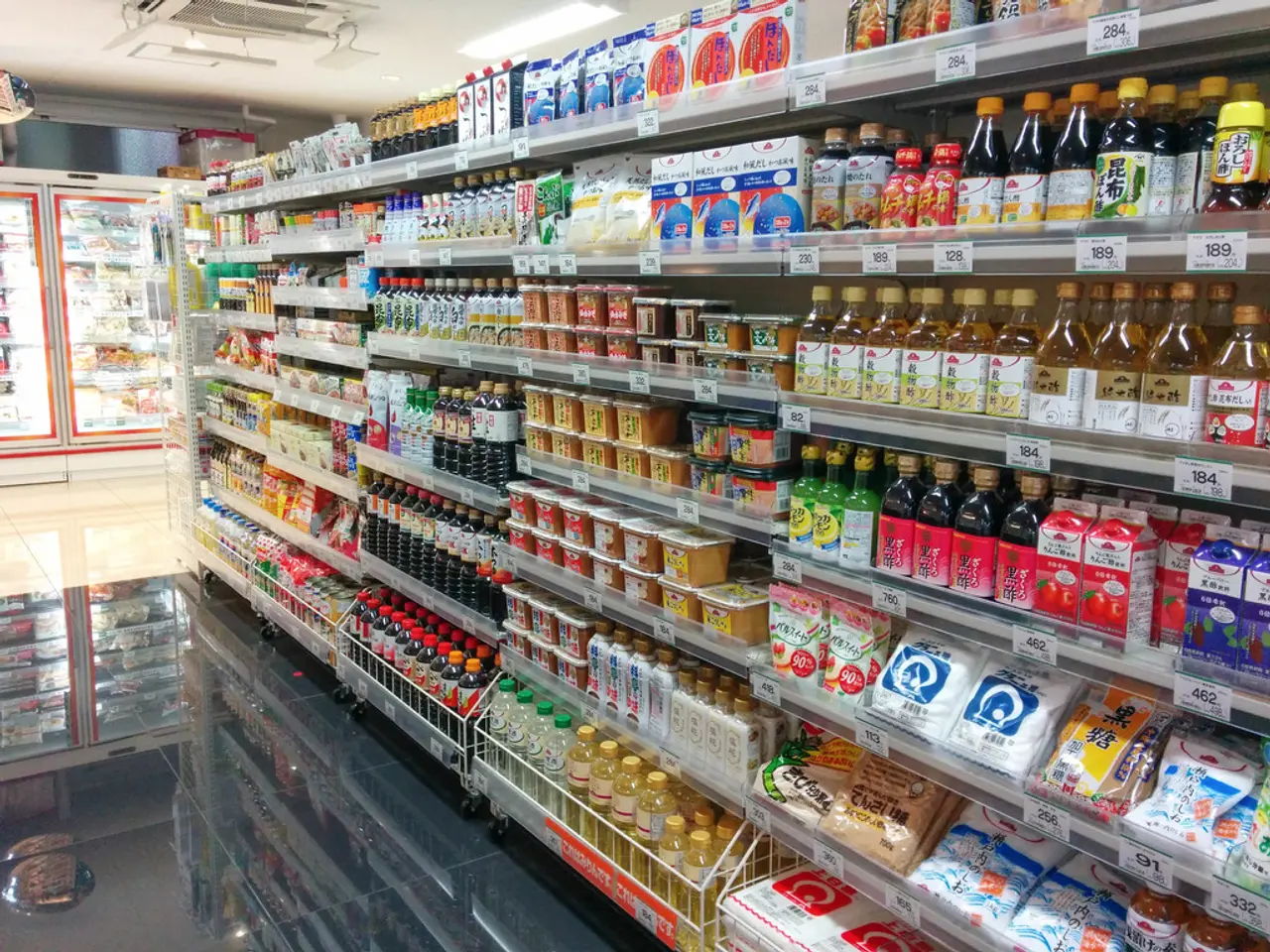Reduced prices, yet GST reductions pressurize profit margins for Fast-Moving Consumer Goods companies
September 18, 2025
The Federal Government's decision to reduce the Goods and Services Tax (GST) rate on several mass-consumption products has set off a wave of recalibration within the Fast-Moving Consumer Goods (FMCG) supply chain. Businesses, from manufacturers to retailers, are grappling with tighter cash flows as they adjust to the new tax regime.
The GST Council's move is expected to provide a steady stream of tax collections for the government, as it eliminates refund liabilities. However, this comes at a cost for businesses, particularly in the FMCG sector. The input tax credit (ITC) restrictions and embedded costs are causing margins to be squeezed and working capital to be locked up in the supply chain.
For goods, prices should decline, with compliance limited to updating invoices and notifying customers. ITC remains available on goods taxed at 5%, but is blocked for specific services like hotel accommodation, certain transport, and wellness services. This means that while shoppers may see lower price tags, the supply chain is quietly doing the heavy lifting.
The biggest pinch for the industry comes from unutilised credits due to the inverted duty structure. Inputs and services like advertising, logistics, and rentals continue to attract 18% GST, but refunds under the inverted duty structure exclude services. This is a significant blow for businesses, especially those with high service-related costs.
The long-term hope is that buoyant consumption will outweigh the short-term working capital pain for businesses. Experts predict that cheaper essentials may stimulate retail demand, partially offsetting embedded tax pressures. However, some kirana store owners have expressed concerns about the complications arising from the GST Council's move.
The government is betting that short-term revenue loss will be offset by stronger consumption. While there are no specific firms or industries that have publicly announced plans to pass the benefits of GST rate reductions on to their customers, the Finance Minister has stated that most sectors have expressed intentions to do so. The option to affix stickers with revised MRPs is optional for companies, as per the government.
While the impact of the GST Council's move varies among businesses, with some facing more strain depending on their procurement structure, the hope is that the benefits will trickle down to consumers. The reduction in GST rate may lead to lower price tags for shoppers, stimulating retail demand and contributing to a buoyant economy.
In conclusion, the GST rate cuts bring mixed fortunes for the FMCG sector and consumers. Businesses are facing short-term challenges, but the long-term outlook is one of potential growth and increased consumer demand. As the dust settles, it will be interesting to see how the sector adapts and thrives in this new tax landscape.
Read also:
- Railway line in Bavaria threatened by unstable slope - extensive construction site at risk
- Wind Farm Controversy on the Boundary of Laois and Kilkenny
- Puerto Rico's Climate Lawfare Campaign experiences another setback with the dismissal of its deals.
- Delaware's contentious offshore wind project faces uncertainty as the Trump administration reverses course on clean energy initiatives.







